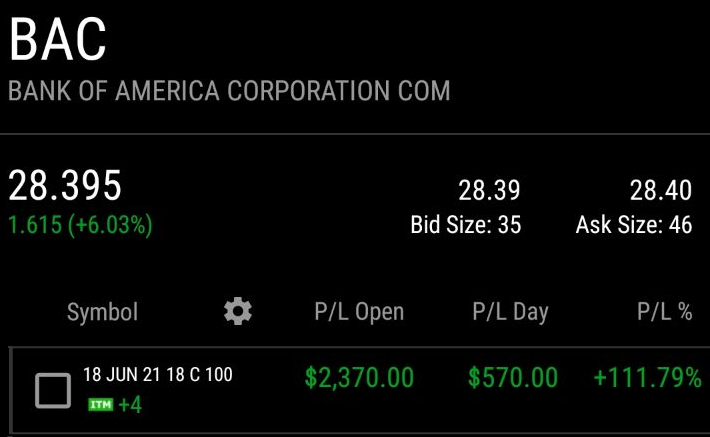The 2 Core Option Strategies For Investors
Options Investing Hub ⮞ Options Basics ⮞ The 2 Core Option Strategies For Investors
6 RESOURCES
⮞ Introduction To Options
⮞ The "Blackhole" Of Options Strategies
⮞ The 2 Core Option Strategies For Investors
⮞ Time Decay Of An Option
⮞ What Determines Option Pricing
⮞ Risk Profile Graph Of Option
The 2 Core Option Strategies For Investors

Following the previous section, I want my readers to avoid getting caught up in the "blackhole" of option strategies.
But rather, to focus on these two core strategies as an investor:
- The Long Call Strategy
- The Sell Put Strategy
The Long Call Strategy
The Long Call is a strategy that is meant to use a small amount of capital to get an exposure on the stock position. This is otherwise known as leverage.
The Long Call strategy is just a simple buy call.

Example of a long call strategy
As mentioned previously, when you buy a call option, you have the right to buy 100 shares at the strike price before the selected expiry date.
However, you will never exercise your right (because it doesn't make sense) - I will explain this in detail when we get to the "Long Call Strategy" chapter.
I will also share about the risks involved with options (typically overleverage), and how we can manage this risk.
This strategy is ideal for investors with a smaller capital size.
The Sell Put Strategy
The second strategy, Sell Put Strategy, is a cash flow strategy - which is also where I get most of my passive income from.
As mentioned previously, when we sell a put option - we are making a promise to buy 100 shares of the underlying stock at the selected strike price before an expiry date.
This strategy is very powerful when combined with the concept of value investing.
Because let's say the entry price you calculated for a stock is at $125.
However, the current share price is at $133.
You can then sell a put option with a strike price of $125 and collect premium in the meantime.
I previously done a video to explain what selling put options means as a value investor.
The drawback of this strategy is that it is more suitable for people with substantial capital - so that they can sell cash secured puts.
Note: Cash-secured put means that you have cash set aside to pay for the 100 stocks in the event that the option gets exercised.
This means that if I sell a put option with a strike price of $125 - this means that I should set aside $12,500 worth of cash, so that I can buy the stock in the event if the put option is exercised.
Quiz
What's Next?
Again, I will discuss more about the individual strategies in the respective chapters, where I will dive deeper into strike price, expiry date, risk management, etc.
However, before that, it is important to discuss about the fundamentals of time decay and options pricing.
Note: One of the biggest reasons why the options hub was built as there were too many people who get burnt because of the lack of knowledge of how options works and its risks involved. This resource hub aims to equip beginner investors with the knowledge of options and how they can manage their risks when investing with options.



